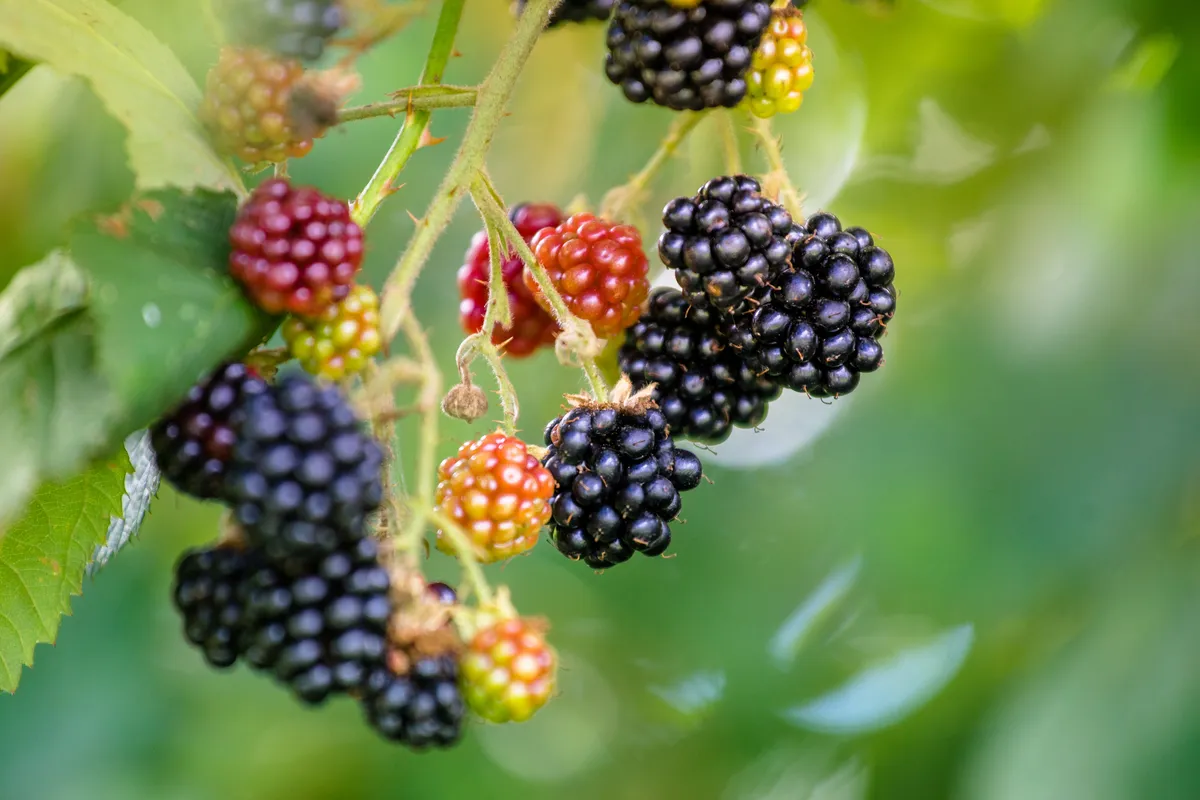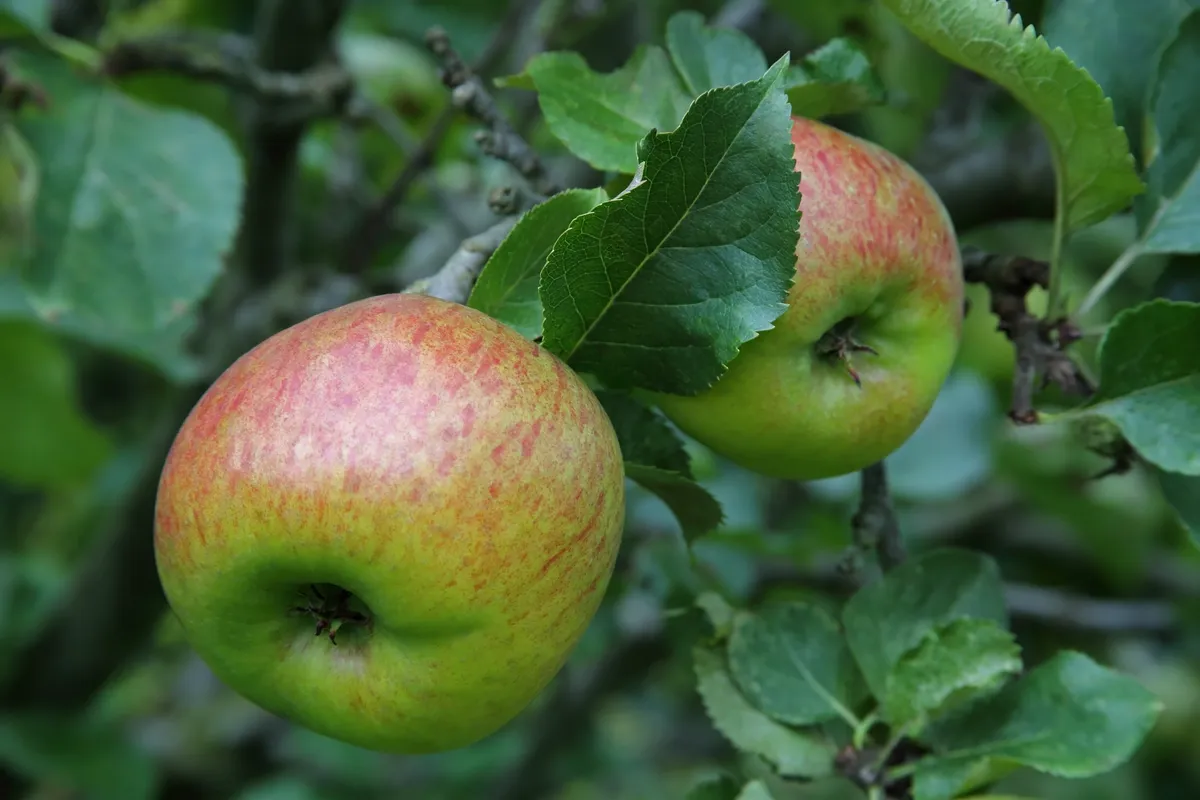Home-made fruit crumble is the ultimate comfort food, guaranteed to keep the cold at bay. In late summer and autumn, hedgerow blackberries are dark, juicy, and ripe for picking, so you can head outdoors to collect your crumble filling and feel like you've really earned that delicious treat.
Read on to find out more about how to collect and select the perfect filling for your crumble.
How to identify blackberries

Blackberries are one of the most distinctive wild fruits, growing on the very widespread bramble plant. Blackberries start green in colour, progressing to red and dark purple, before turning a glossy black when ripe. They can be confused with wild raspberries (red when ripe) and dewberries (waxy black when ripe).
There are a number of subspecies of bramble, which leads to quite a variety in blackberry size and taste.
When to pick blackberries
Depending on the location in the UK (with the south normally seeing ripe fruits first), the first ripe blackberries are usually seen from mid to late July onwards, but the real harvest is typically from mid August onwards into autumn.
Traditionally, blackberries shouldn't be picked after Old Michaelmas Day on 10 October (used to be 29 September until the calendar reform in 1752), as this is when Lucifer was expelled from Heaven and landed in a bramble bush. He cursed the thorny bush, stamping and spitting on the blackberries.
More recipes using blackberries:
What type of apples to use in a crumble

Generally when making a crumble with apples, it's best to look for ones that hold their structure when cooked rather than becoming a soggy mush (unless of course the latter is your preference). Typically Bramley apples are used in crumbles, a cultivar that is too sour to eat uncooked, but is much lighter when cooked.
Learn more about traditional apple varieties in BBC Countryfile Magazine's guide.
